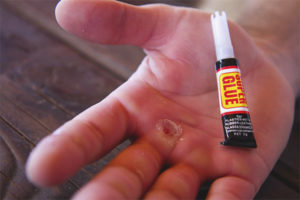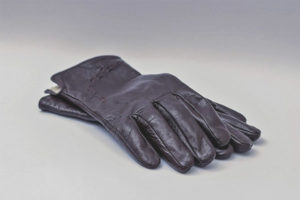The content of the article
The main feature of ski suits is considered to be that they perfectly retain heat, but at the same time do not allow the body to sweat. This is due to a special membrane tissue, which has a kind of "breathing" fibers. Such clothes are extremely convenient in use, they practically do not get dirty externally, but washing is still necessary.
Practical recommendations
Consider the important tips regarding the processing of ski suits made of membrane types of fabric, which will help the product maintain its properties.
- Membrane tissue consists of microfibers located at a certain distance from each other. For this reason, it is highly recommended not to use loose powders when washing, which can clog pores. Otherwise, you risk spoiling the product, as rinsing will not help to cope with an oversight. The recommendation is also relevant for down products.
- Due to the fact that the membrane is saturated with special serum, clothes do not get wet when you are in the snow. Manufacturers of sportswear of this kind unanimously reiterate that you cannot give the ski suit dry cleaning, as caustic preparations remove the protective layer and destroy the fabric structure. However, this recommendation is partially erroneous. You can take the product to a company that provides cleaning services specifically for membrane clothes.
- Most often, a ski suit is washed manually, but processing with a household machine is not prohibited. Most importantly, do not forget to completely disable the spin function, since even 300 revolutions will damage the fiber structure. The same applies to twisting by hand or other mechanical action. After washing, leave the product to drain over the bathtub or basin, it is much safer.
- From the previous paragraph we can understand that during natural drying, natural straightening occurs. This eliminates the need for ironing. If you neglect this advice, high temperatures will melt the synthetic base, gluing the fibers together. As a result, the membrane will cease to “breathe”, and the product will lose its properties, which is why you acquired it.
- Most ski suits are made of brightly colored fabrics. For this reason, discard the use of whitening gels or rinsing agents that wash pigment. Otherwise, at the exit, you risk getting a dull suit with smudges and spots. The product will look unaesthetic, in addition, chlorine-containing preparations corrode the fibers after a short period of time.
- Only natural drying of ski suits is allowed. Do not use special machines, refuse to place clothes under open fire or near radiators. If washing in the summer, hang the product in fresh air, away from direct ultraviolet rays.
Technology for washing ski suits
- You can not wash clothes with great frequency, the optimal frequency of the procedure varies from 1 to 2 times in 5 months. Roughly speaking, you need to carry out wet processing once, before or after the end of the season.
- It is important to understand that how practical the fabric and its shade would not be, clothes must be washed. Even if you do not see contaminants externally, they are present in the pores of the membrane. Extreme operating conditions contribute to accelerated sweating and clogging of fibers by dust particles. Over time, this combination provokes the appearance of an unpleasant odor.
- Get a special cleanser for membrane fabrics at the sports hypermarket.As a rule, drugs are available in gel form and are relatively inexpensive. For one procedure you will need a packet of composition. Here you will find other powders based on the filler of the suit and its external component.
- When buying, pay attention to the mark "high-tech fabrics", this particular sign indicates that the product is suitable for ski products. In cases where there are no sports hypermarkets in your city, use a regular gel designed to process delicate materials.
Ski suit wash
Costumes made of such materials are washed manually, machine processing is allowed, but only without mechanical extraction.
- Dilute in a basin 1 cap or a bag of gel for washing the corresponding fabrics, stir, adjust the temperature to 30-35 degrees.
- Do not turn the product inside out, send it into the solution and leave for half an hour. If possible, wrap the basin with plastic wrap.
- At the end of the period, take a soft cloth, pull out the product and walk across the entire surface on both sides. Treat heavy soiling (if any) with a foam sponge.
- After washing, rinse in cold water. Foam is very difficult to remove from the membrane, so 3-5 approaches are required.
- Remove the clothes from the basin, hold on weight, so that the glass is excess fluid. Next, spread on a flat surface several large terry towels, place a suit on them.
- Walk the product with your hands, smoothing creases and creases. Leave the suit to dry completely, periodically changing the wet backing to dry. Important! In no case do not try to expose the product to heaters.
- When drying is complete, hang the suit in fresh air and wait a few hours. Treat clothes with water repellent paste that is applied only to a clean cloth.
Ski suits must be washed by hand, without spinning or twisting. Do not use chlorine preparations, bleaches, bulk powders when processing. Carry out only natural drying, clean clothes from the outside. Never attempt to iron the product.
Video: skier protection and clothing










Submit